Understanding Ceramic Cookware And Oven Usage
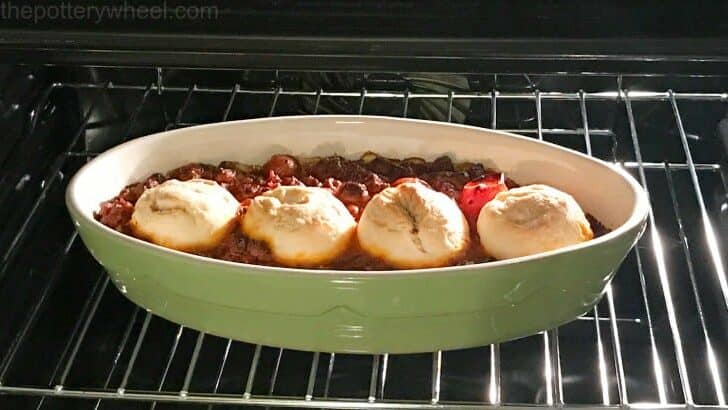
Ceramic cookware is a popular choice for many due to its non-toxic and versatile nature. It is made from clay, water, and other minerals, and then fired at high temperatures in a kiln. This process makes ceramic cookware durable and long-lasting. The good news is that ceramic cookware can safely go in the oven, making it even more versatile for various cooking methods. However, it is important to follow some safety guidelines to ensure optimum performance and avoid any potential damage. Let’s explore the benefits of using ceramic cookware in the oven and some important safety tips to keep in mind.
1 What Is Ceramic Cookware?
Ceramic cookware refers to cooking vessels that are made from clay, water, and other minerals. These materials are combined and fired in a kiln at high temperatures, resulting in a durable and heat-resistant product. Ceramic cookware is known for its non-toxic nature, as it does not contain any harmful chemicals or coatings. It is also non-leaching, meaning it does not release any toxins or flavors into the food during the cooking process. Ceramic cookware is versatile and can be used on stovetops, grills, and in the oven. Its smooth and non-porous surface makes it easy to clean and maintain.
2 Can Ceramic Go In The Oven? Exploring The Basics
Ceramic cookware is not only safe to use in the oven but is also highly versatile for various cooking methods. The key reason ceramic cookware can go in the oven is due to its construction. Made from clay, water, and minerals, ceramic products are fired at high temperatures, resulting in their heat resistance and durability. This means you can confidently transfer your ceramic pots and pans from the stovetop to the oven without any concerns. Whether you want to bake, roast, or broil, ceramic cookware is up to the task.
Benefits Of Using Ceramic Cookware In The Oven
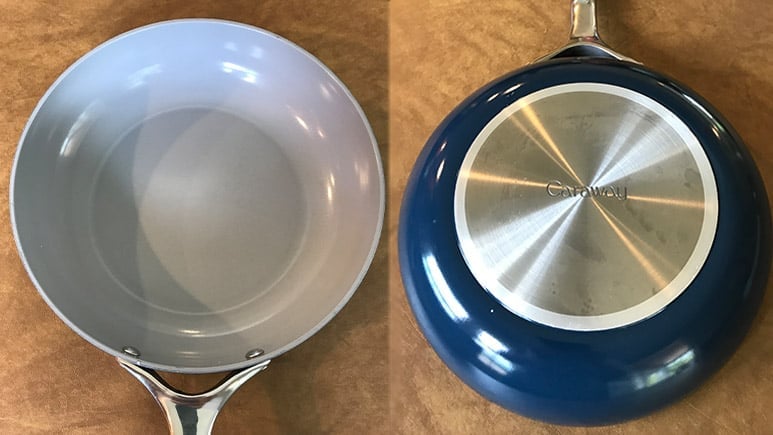
Using ceramic cookware in the oven offers a range of benefits that make it a popular choice among home cooks. Firstly, ceramic cookware provides excellent heat distribution and retention, ensuring that your food cooks evenly and stays hot. It also allows for versatile cooking methods, including baking, roasting, and broiling. Additionally, ceramic cookware is durable and long-lasting, with the ability to withstand high oven temperatures. Its non-toxic and non-leaching properties give you peace of mind when cooking for your family. Plus, it’s easy to clean and maintain, making your cooking experience hassle-free. Overall, using ceramic cookware in the oven enhances your cooking efficiency and delivers delicious, well-cooked meals.
1 Heat Distribution And Retention
Using ceramic cookware in the oven provides excellent heat distribution and retention, ensuring that your food cooks evenly and stays hot. Ceramic has the ability to evenly distribute heat throughout the entire surface area of the cookware, eliminating any hot spots that could result in uneven cooking. It also retains heat well, allowing your food to stay warm even after it’s removed from the oven. This feature is especially useful when serving meals or keeping dishes warm for longer periods. Overall, the heat distribution and retention properties of ceramic cookware contribute to perfectly cooked and delicious meals.
2 Oven-safe Temperatures And Cooking Methods
When using ceramic cookware in the oven, it is important to consider the oven-safe temperatures and choose the appropriate cooking methods. Most ceramic cookware can withstand temperatures up to 350°F (175°C), which makes it suitable for baking, roasting, and broiling. However, it is always best to refer to the manufacturer’s instructions for specific temperature limits. It is not recommended to use ceramic cookware for high-heat cooking methods such as searing or frying, as it may exceed the safe temperature threshold and lead to damage. Additionally, avoid using ceramic cookware on stovetops or directly under broilers, as it may not be designed for those heat sources.
Safety Tips For Using Ceramic In The Oven

When using ceramic cookware in the oven, it is important to follow some safety tips to ensure a safe cooking experience. First, always check the manufacturer’s instructions for the specific temperature limits of your ceramic cookware. Avoid using ceramic cookware for high-heat cooking methods such as searing or frying, as it may exceed the safe temperature threshold and lead to damage. It is also advisable to avoid using ceramic cookware on stovetops or directly under broiler heat sources, as it may not be designed for those conditions. Lastly, handle hot ceramic cookware with care, using oven mitts or heat-resistant gloves to avoid burns. By following these safety tips, you can enjoy the benefits of using ceramic cookware in the oven without any concerns.
1 Precautions For Temperature Changes
When using ceramic cookware in the oven, it is important to take precautions when it comes to temperature changes. Sudden drastic temperature changes can cause thermal shock and lead to cracking or shattering of the ceramic. To avoid this, it is recommended to preheat the ceramic dish or plate alongside the oven. This gradual increase in temperature will help the ceramic adapt to the heat and minimize the risk of thermal shock. Additionally, avoid placing hot ceramic cookware directly on a cold surface, as this can also lead to thermal shock. By taking these precautions, you can ensure the longevity of your ceramic cookware and prevent any accidents in the oven.
2 Avoiding Thermal Shock And Cracks
To avoid thermal shock and cracked ceramic cookware in the oven, it is important to follow proper precautions. One of the main causes of thermal shock is exposing the ceramic to drastic temperature changes. To prevent this, always preheat the ceramic dish or plate along with the oven. This allows the ceramic to gradually adapt to the heat. Additionally, avoid placing hot ceramic cookware directly on a cold surface, as it can also cause thermal shock. By taking these simple steps, you can protect your ceramic cookware from cracks and ensure its longevity in the oven.
Cleaning And Maintenance Of Ceramic Cookware
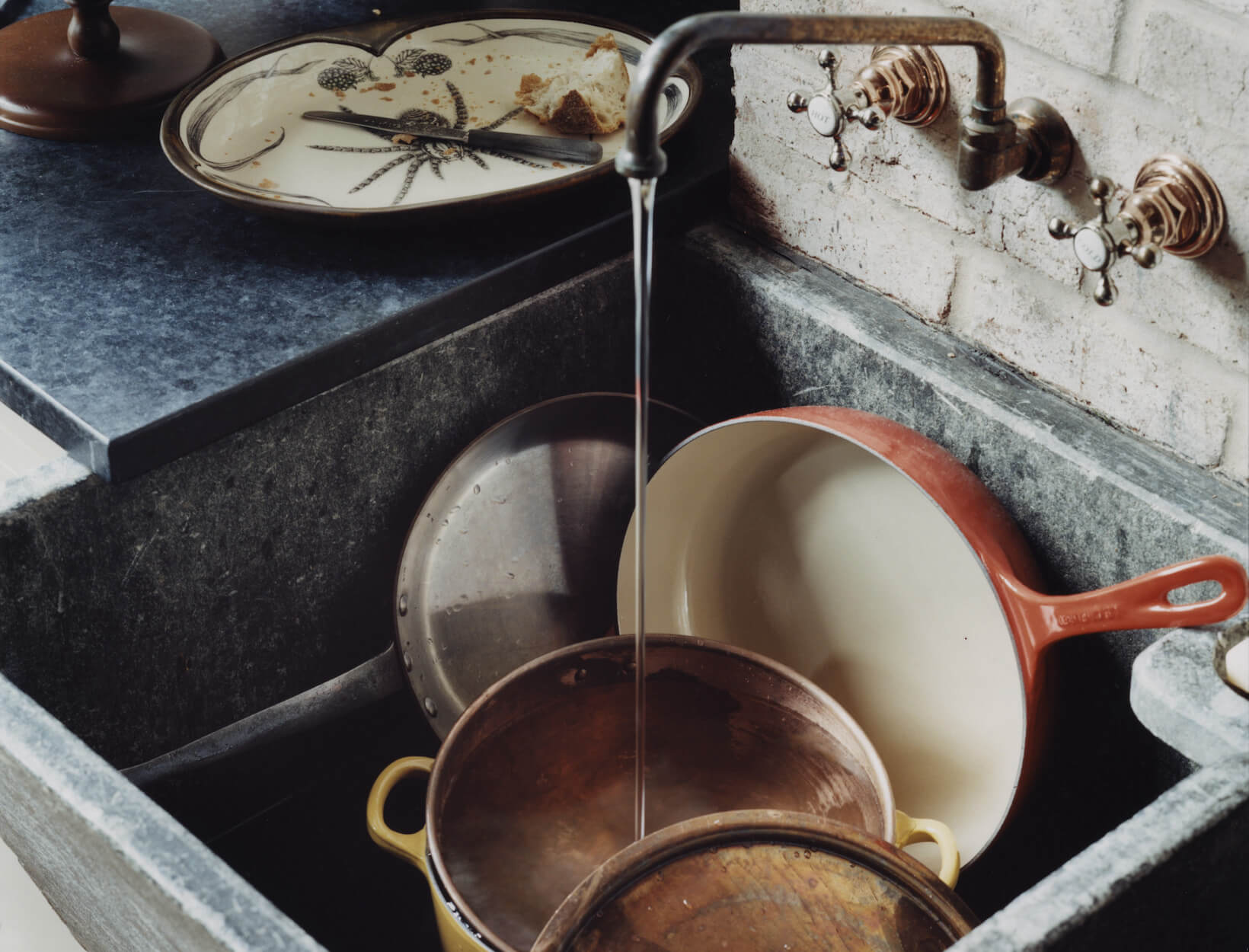
Proper cleaning and maintenance of ceramic cookware is essential to prolonging its lifespan. After each use, hand wash the cookware with warm soapy water and a soft non-abrasive dishcloth to remove any food residue. Avoid using harsh scrub brushes or abrasive cleaners, as they can damage the ceramic coating. Once clean, dry the cookware thoroughly with a soft towel to prevent water spots or stains. To prevent scratches, avoid stacking or placing heavy objects on top of the ceramic cookware during storage. By following these simple cleaning and maintenance practices, you can ensure that your ceramic cookware remains in excellent condition for years to come.
1 Proper Cleaning Techniques
Proper cleaning techniques are crucial for maintaining the longevity of your ceramic cookware. After each use, it is recommended to hand wash the cookware with warm, soapy water and a soft, non-abrasive dishcloth. Avoid using harsh scrub brushes or abrasive cleaners, as these can damage the ceramic coating. Ensure thorough drying with a soft towel to prevent water spots or stains. For any stubborn stains or residue, a gentle scrub with baking soda or vinegar can be effective. By following these proper cleaning techniques, you can keep your ceramic cookware looking and performing its best for years to come.
2 Storing And Handling To Prolong Lifespan
Proper storing and handling of ceramic cookware is essential to prolong its lifespan. To prevent scratches and damage, it is recommended to stack your ceramic cookware with protective padding between each piece, such as a soft cloth or kitchen towel. Avoid overcrowding the storage space to prevent any accidental falls or bumps. When handling the cookware, be gentle and avoid using metal utensils that can scratch the ceramic coating. Additionally, always follow the manufacturer’s instructions for any specific care recommendations. By taking these precautions, you can ensure that your ceramic cookware remains in good condition for years to come.
Common Misconceptions And FAQs About Ceramic In The Oven
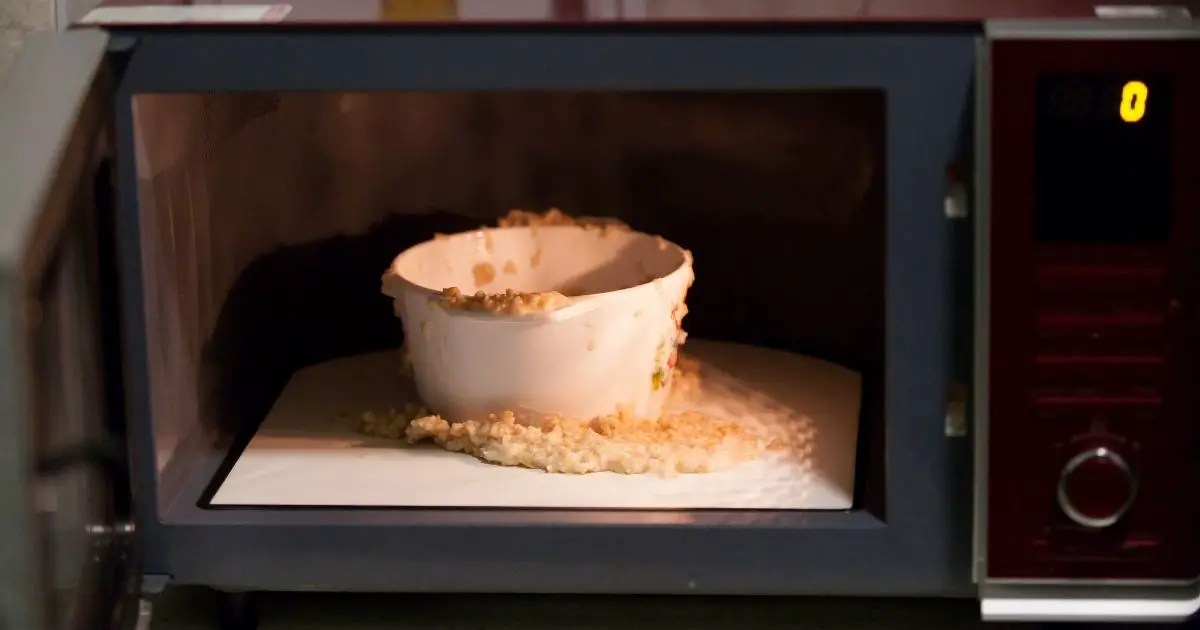
Despite the growing popularity of ceramic cookware, there are still some common misconceptions and questions surrounding its use in the oven. Here are a few of them:
- Can all types of ceramic go in the oven? Yes, most types of ceramic cookware are oven safe. However, it’s essential to check the manufacturer’s instructions to confirm the maximum oven temperature the cookware can withstand.
- Can I put cold ceramic straight into a hot oven? No, it is not recommended to put cold ceramic directly into a hot oven. Rapid temperature changes can cause thermal shock, potentially leading to cracks or breakage. It’s best to let the ceramic cookware come to room temperature before placing it in the oven.
- Can I use ceramic cookware under the broiler? While many ceramic cookware can withstand high temperatures, not all are suitable for broiling. Check the manufacturer’s instructions to ensure your cookware is broiler safe before using it under the broiler.
- How do I clean ceramic cookware after using it in the oven? To clean ceramic cookware, use warm soapy water and a soft sponge or cloth. Avoid using abrasive cleaners or scrub brushes that can damage the ceramic coating. To remove stubborn stains, soak the cookware in a mixture of baking soda and water before cleaning.
By understanding these common misconceptions and following proper usage guidelines, you can safely and effectively use ceramic cookware in the oven to prepare delicious meals.
1 Debunking Myths About Ceramic Cookware
Ceramic cookware has gained popularity in recent years, but there are still some common misconceptions surrounding its use in the oven. One myth is that ceramic cookware cannot withstand high temperatures. In reality, most ceramic cookware is oven safe and can handle temperatures up to a certain limit. Another myth is that ceramic cookware requires special handling and maintenance. While it’s important to follow the manufacturer’s instructions for cleaning and care, ceramic cookware is generally easy to clean and maintain. Overall, these myths are not supported by the facts, and ceramic cookware can be a safe and reliable choice for oven cooking.
2 Frequently Asked Questions For Safe Oven Use
When it comes to using ceramic cookware in the oven, there are a few common questions that often arise. Here are two frequently asked questions about safe oven use with ceramic:
- Can ceramic go from the freezer to the oven?
It is generally not recommended to put frozen ceramic directly into a hot oven. Extreme temperature changes can cause thermal shock and potentially crack the ceramic. To protect your ceramic cookware, it is best to allow it to come to room temperature before placing it in a preheated oven. - Can I use metal utensils with ceramic cookware in the oven?
It is best to avoid using metal utensils with ceramic cookware in the oven. Metal utensils can potentially scratch or damage the ceramic surface. Instead, opt for silicone, wooden, or nylon utensils, which are gentler on the cookware and will help prolong its lifespan.
By following these guidelines and using caution when handling ceramic cookware in the oven, you can safely enjoy the benefits of cooking with ceramic.
Conclusion
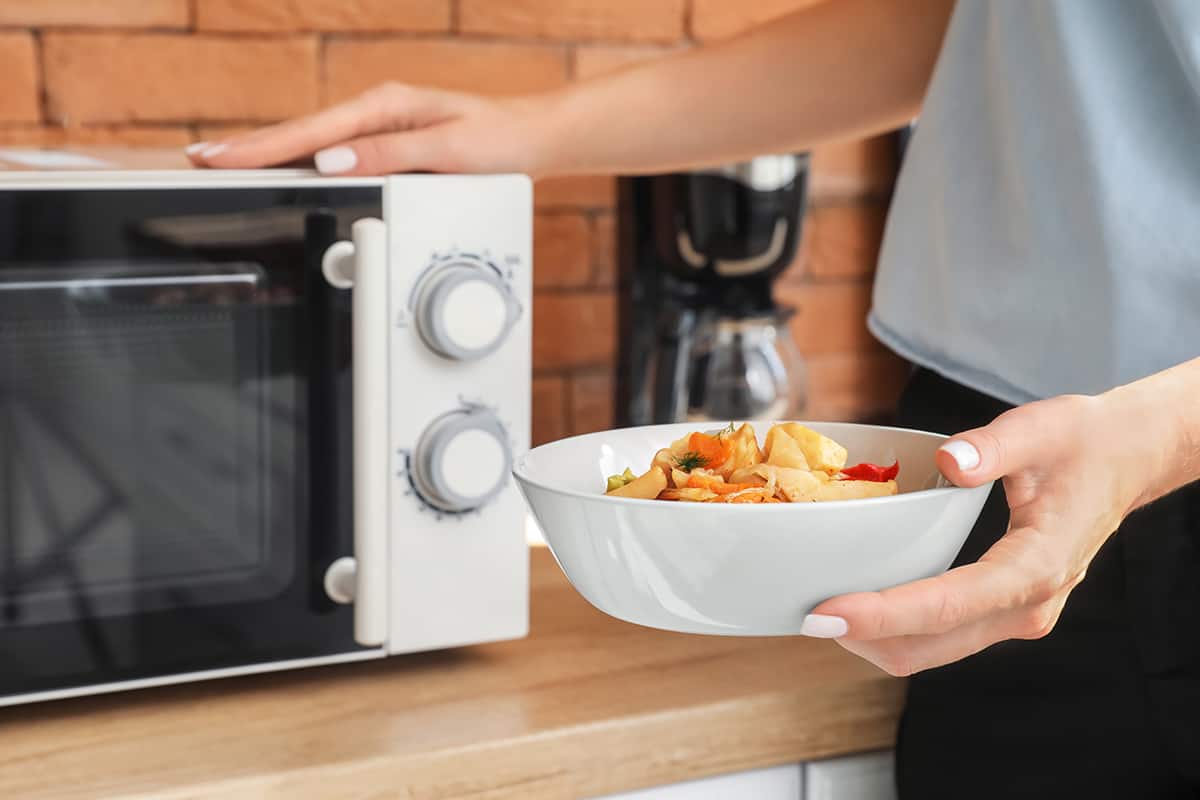
In conclusion, ceramic cookware is a versatile and safe option for oven use. With its ability to distribute and retain heat evenly, ceramic cookware ensures thorough and consistent cooking results. By following safety guidelines and avoiding extreme temperature changes, users can prevent thermal shock and potential cracks. Proper cleaning techniques and careful handling can also prolong the lifespan of ceramic cookware. While there may be some misconceptions and questions surrounding ceramic in the oven, understanding its properties and usage tips can help users confidently incorporate ceramic into their oven cooking repertoire. So go ahead and enjoy the benefits of cooking with ceramic in your oven.
1 Recap Of Safety Guidelines And Usage Tips
In summary, when it comes to using ceramic cookware in the oven, it’s important to follow certain safety guidelines and usage tips. First, always place your ceramic piece in a room-temperature oven and gradually bring it up to temperature with the oven set no higher than 350°F. Avoid placing a ceramic piece directly into a hot pre-heated oven to prevent cracking from temperature shock. Additionally, be mindful of not subjecting your ceramics to sudden temperature changes, whether from hot to cold or vice versa. By following these precautions, you can safely use ceramic cookware in your oven and enjoy its benefits.
2 Final Thoughts On Incorporating Ceramic In Oven Cooking
When it comes to incorporating ceramic cookware in oven cooking, there are a few final thoughts to consider. First and foremost, always follow the manufacturer’s instructions and guidelines for safe usage. This will ensure that you are using the ceramic cookware correctly and maximizing its benefits. Additionally, it’s important to practice proper care and maintenance of your ceramic cookware to prolong its lifespan and prevent any potential damage. Lastly, don’t be afraid to experiment and get creative with your cooking. Ceramic cookware can add a touch of elegance and style to your dishes while delivering excellent cooking performance. So go ahead and enjoy the versatility of ceramic in your oven cooking adventures.
FAQ About Can Ceramic Go In The Oven? Usage Tips And Safety Concerns
Q: Can all types of ceramic go in the oven?
A: Not all ceramic products are oven-safe. Always check the manufacturer’s instructions to ensure the specific ceramic item is safe for oven use.
Q: What precautions should be taken when using ceramic in the oven?
A: Avoid sudden temperature changes to prevent cracking. Place ceramic dishes on a room temperature oven rack before preheating. Use mitts or gloves when handling hot ceramic items.
Q: Is it safe to put cold ceramic in a preheated oven?
A: It is not recommended to put cold ceramic directly into a preheated oven, as this can lead to thermal shock and potentially cause the ceramic to crack or shatter.
Q: Can glazed ceramics go in the oven?
A: Glazed ceramics are generally oven-safe, but it’s important to verify with the manufacturer. Some glazes may contain chemicals that are not safe for oven use.
Q: What is the maximum temperature for baking or cooking with ceramic?
A: Most ceramic dishes are safe for use up to 400-450°F (204-232°C). Exceeding the recommended temperature may damage the ceramic or pose safety risks.
Q: How to clean ceramic bakeware after oven use?
A: Let the ceramic cool before washing to avoid thermal shock. Use gentle dish soap and a soft sponge to clean, avoiding abrasive materials that could scratch the surface.
Q: Are there any safety concerns when using ceramic in the oven?
A: Avoid sudden temperature changes, direct contact with open flames, and placing hot ceramic on cold or wet surfaces to prevent potential hazards or damage to the ceramic item.

ToroGrill Canada is excited to share our one-of-a-kind and authentic South American BBQ flavors with the wonderful people of Canada. Our journey began with a passion for bringing South America’s rich and vibrant culinary traditions to a new audience, and we have been dedicated to this mission ever since. Our story is one of inspiration, hard work, and the pursuit of excellence. Every recipe, every ingredient, and every cooking technique has been carefully honed and perfected to ensure that when you take a bite of our food, you experience the true essence of South American BBQ.